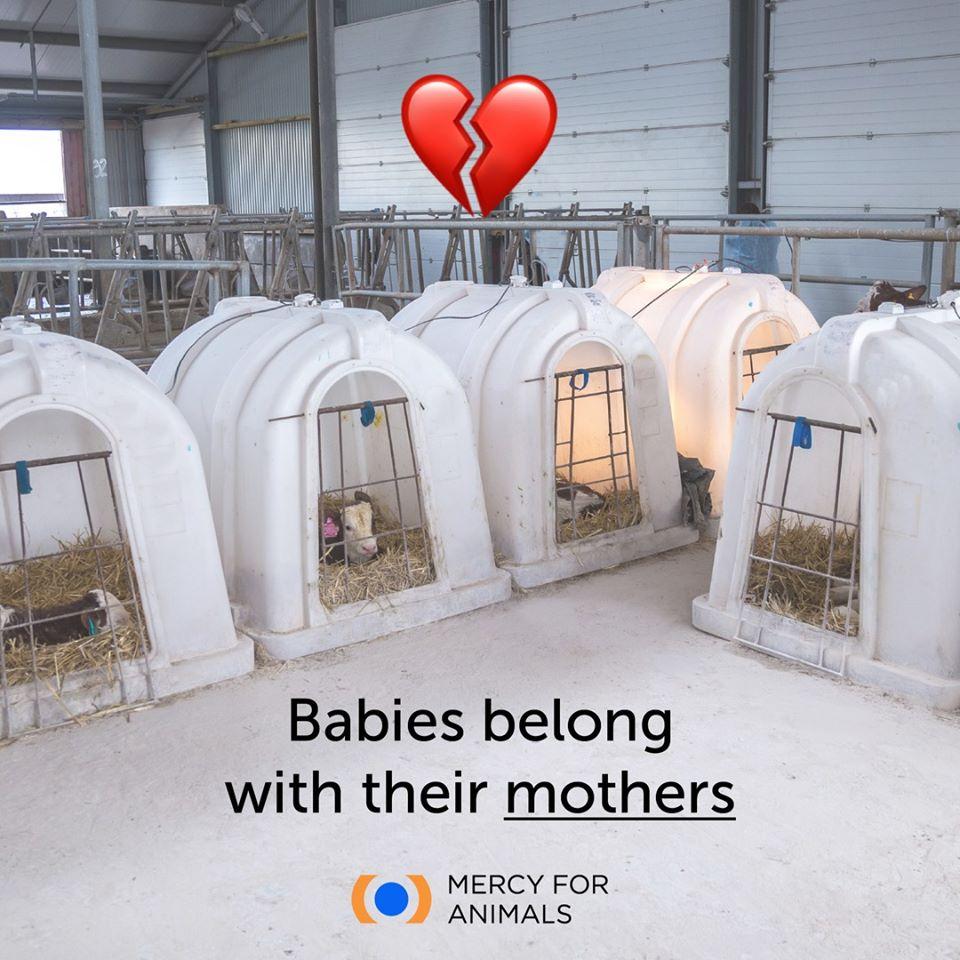Understanding Beef Cattle Suffering: Challenges and Solutions

Beef cattle suffering is a complex issue that encompasses various aspects of animal welfare, ranging from the conditions in which the animals are raised to their handling and transportation. As consumers become increasingly concerned about the ethical implications of meat production, it's essential to examine the factors that contribute to beef cattle suffering and explore potential solutions.
1. Living Conditions
The living conditions of beef cattle can significantly impact their welfare and susceptibility to suffering. Many cattle are raised in intensive farming systems where they may be housed in overcrowded feedlots or confined spaces, often without adequate shelter from extreme weather conditions.
Overcrowding: Overcrowding can lead to increased stress, aggression, and susceptibility to diseases among cattle. When too many animals are housed in a small space, it can lead to physical injuries and behavioral problems.
Feedlot Environment: In feedlots, cattle are often kept in pens with limited space to move around. They may stand in mud or their own waste, which can cause discomfort and increase the risk of health issues such as foot rot.
Environmental Factors: Extreme temperatures, whether hot or cold, can also contribute to cattle suffering. Heat stress is a significant concern in feedlots during the summer months, while cold weather can lead to frostbite and hypothermia if cattle are not provided with adequate protection.
2. Health and Veterinary Care
Maintaining the health of beef cattle is crucial to minimizing suffering and ensuring their well-being. However, in intensive farming systems, the risk of diseases and health problems can be heightened due to the density of animals and stress factors.
Disease Prevention: Vaccination and disease prevention programs are essential in reducing the spread of infectious diseases among cattle. However, in some cases, overuse of antibiotics can lead to antibiotic resistance and other health issues.
Pain Management: Procedures such as castration, dehorning, and branding are often performed on cattle without adequate pain relief, leading to unnecessary suffering. Improving pain management practices can help alleviate the discomfort associated with these procedures.
Veterinary Care: Access to prompt veterinary care is critical in treating injuries and illnesses that can occur in beef cattle. Regular health checks can also help identify issues early and prevent suffering.
3. Transportation and Handling
Transportation and handling of beef cattle present significant challenges in terms of animal welfare. Long-distance transport, often to slaughterhouses, can be stressful and physically demanding for cattle.
Transport Conditions: Cattle may be transported over long distances in crowded trucks, exposed to extreme temperatures and rough road conditions. Lack of food, water, and rest during transport can exacerbate stress and suffering.
Handling Practices: Proper handling techniques are essential in reducing stress and injuries during loading, unloading, and sorting of cattle. Rough handling, excessive prodding, and electric shocks can cause fear, pain, and injury.
4. Slaughter Practices
The slaughter process is the final stage in a beef cattle's life, and it's crucial to ensure that it is as humane as possible to minimize suffering.
Humane Slaughter: Humane slaughter practices involve ensuring that cattle are rendered insensible to pain before they are slaughtered. This can be achieved through stunning methods such as captive bolt guns or electrical stunning.
Regulations and Compliance: Governments and industry bodies often have regulations in place to ensure that slaughter practices are humane. However, enforcement and compliance can vary, leading to inconsistencies in animal welfare standards.
5. Consumer Awareness and Demand
Consumer awareness and demand for ethically produced meat products have driven improvements in animal welfare practices across the beef industry.
Certification Programs: Certifications such as "grass-fed," "organic," and "humane certified" can provide consumers with assurance that animals were raised and slaughtered under higher welfare standards.
Transparency: Increased transparency in meat production can help consumers make informed choices about the products they purchase, encouraging producers to adopt more ethical practices.
6. Industry Initiatives and Innovations
The beef industry has been working to address the issue of cattle suffering through various initiatives and innovations.
Research and Development: Investments in research and development have led to improvements in animal welfare practices, such as better handling techniques and more effective pain relief methods.
Education and Training: Training programs for farmers, transporters, and slaughterhouse workers can improve their understanding of animal behavior and welfare needs, leading to better handling practices.
Technological Innovations: Technologies such as monitoring systems and automated handling equipment can help reduce stress and injuries during cattle handling and transportation.
Conclusion
Beef cattle suffering is a multifaceted issue that requires collaboration and action from various stakeholders, including farmers, veterinarians, consumers, and policymakers. By addressing the factors contributing to cattle suffering and implementing humane and sustainable practices, we can ensure the welfare of beef cattle while meeting the demand for meat products.
Consumers play a crucial role in driving change through their purchasing decisions and support for ethically produced meat. As awareness of animal welfare grows, so too does the opportunity to create a more compassionate and sustainable beef industry.
In conclusion, while challenges remain, there are promising developments and initiatives aimed at improving the lives of beef cattle and minimizing their suffering throughout their lives.
- Art
- Causes
- Crafts
- Dance
- Drinks
- Film
- Fitness
- Food
- Games
- Gardening
- Health
- Home
- Literature
- Music
- Networking
- Other
- Party
- Religion
- Shopping
- Sports
- Theater
- Wellness
- IT, Cloud, Software and Technology


